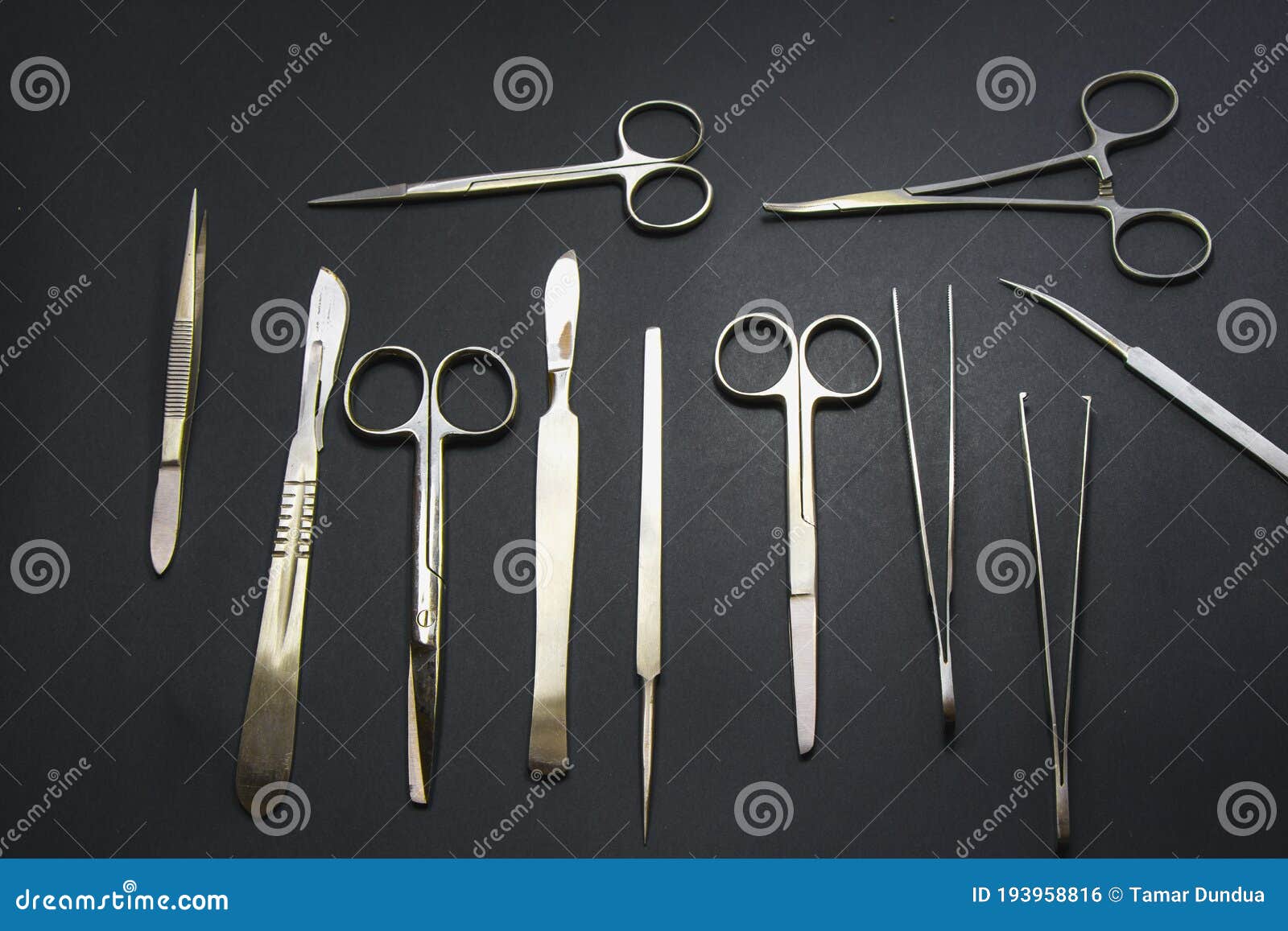
Undergraduate medical education rapidly transitioned their entire preclerkship curriculum, which includes basic sciences and health sciences, from in-person to online. Conclusionsīased on current results, it can be established that medical students who had in-person cadaveric dissection had a favorable attitude toward their anatomy course compared to students who had virtual anatomy during the COVID-19 pandemic.ĭue to the rapid spread of SARS-CoV-2 (COVID-19) throughout the world in 2019, many states responded with a mandatory stay-at-home order to reduce the spread of the virus. Under the attitude domain, the Class of 2023 (n=50) had more respect toward the human body with their hands-on cadaver experience (88.0%) than the Class of 2024 (n=89, 33.3%).

Only 36.9% of Class of 2024 respondents shared similar comfort with ultrasound (n=84), 30.9% identifying pertinent anatomical structures (n=84) and 65.4% in identifying pathology (n=84). Under the skills domain, the Class of 2023 (n=50) felt more comfortable with ultrasound (64.0%), identifying all of the pertinent anatomical structures and their respective locations on imaging (72.0%), and identifying the pathology (90.0%) with respective p values of <0.001, <0.001, and 0.004. Under the confidence domain, when students were asked about the understanding of trauma after their respective anatomy labs, 64.0% of the Class of 2023 (n=50) showed significantly higher confidence with p<0.001, compared to 15.4% for the Class of 2024 (n=78). An independent t-test statistical analysis was utilized. Among all responses, 36.2% (n=54) belonged to the Class of 2023 who encountered hands-on cadaver experience, whereas 63.8% (n=95) belonged to the Class of 2024 who gained virtual anatomy lab experience. The survey was administered to approximately 400 people, from which we received 149 responses (37.3%). The responses were analyzed to understand the difference between a hands-on cadaver lab and a virtual anatomy lab utilizing SPSS. The Class of 2024 had a virtual anatomy lab compared to the Class of 2023, who had an in-person anatomy lab in their first year of medical school. The authors developed a 14-question survey to target gross anatomy students of the Classes of 20 at Rowan SOM. This study aims to understand the relative effect of a virtual anatomy course implemented during the pandemic (2019–2020) on the confidence, skills, and perspectives of first-year medical students compared to medical students who had traditional in-person anatomy at Rowan University School of Osteopathic Medicine (Rowan SOM) in Stratford, New Jersey.

As a result, we aim to assess the impact that this curriculum change has on student perspectives. See Programs Information to learn more about internship opportunities.With the surge of the novel coronavirus (SARS-CoV-2 ), the modality of teaching anatomy has shifted from in-person cadaveric dissection to virtual lessons for incoming first-year medical students. The Treasure Valley Anatomy & Physiology Laboratories encourages people with a strong interest in human anatomy to apply to our volunteer or internship programs.
#Gross anatomy dissection video tools mac
Mac Mini with large HD display at each station.Mounted HD video camera at each station.Twenty-six clamshell dissection tables with downdraft ventilation and.Two Gross Anatomy Laboratories with 26 dissection stations feature:

ISU is committed to providing students with the priceless opportunity to learn anatomy from the best teachers possible – the altruistic individuals who donate their bodies for education. The traditional study of human anatomy by dissection takes place in the Gross Anatomy Lab (“Gross” is the German word for large, referring to anatomy that does not need a microscope to be seen).


 0 kommentar(er)
0 kommentar(er)
